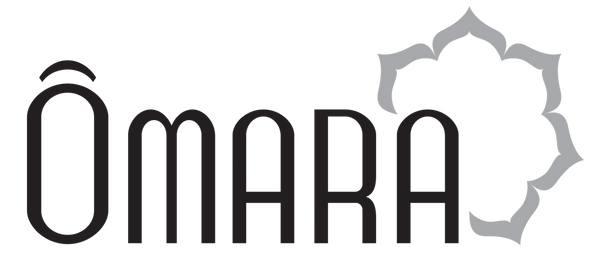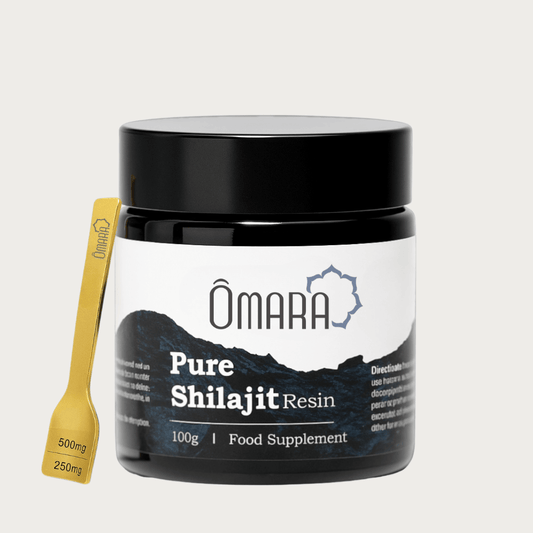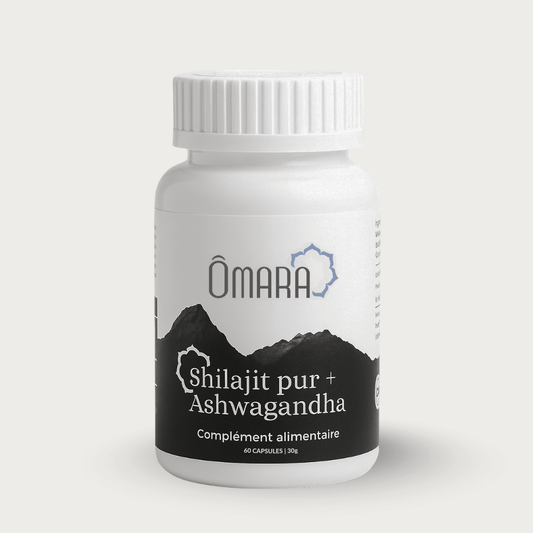
Shilajit Harvesting and Production: Traditional vs. Industrial Methods
Share
Shilajit: From Harvest to Purification
Introduction
Behind every jar of shilajit lies a complex process, from its perilous harvest from rock faces to its final purification. Let's explore the methods that transform this raw "rock sweat" into a consumable supplement.
Traditional Harvesting: A Profession of the Extreme
The Ancestral Process
Traditional shilajit harvesting relies on artisanal techniques passed down from generation to generation in mountain villages.
Harvest Period
- Best season: Summer (May to September)
- Reason: Heat causes resin to ooze from rock cracks
- Conditions: High temperatures during the day, access to rock walls
Manual Harvesting Techniques
Scraper Method:
- Tools: Metal scrapers, waterproof containers
- Technique: Careful scraping of the resin from the walls
- Location: Rock fissures between 3000 and 5000 meters above sea level
- Risks: Dangerous climbing, extreme weather conditions
Identification of Sites
Experienced harvesters recognize:
- Characteristic color on the rock
- Peculiar smell in the air
- Natural accumulation areas
- Signs of regular oozing
Raw Shilajit: Natural State
Raw shilajit directly harvested contains:
- Rock impurities (sand, mineral debris)
- Undecomposed plant matter
- Various microorganisms
- Collection residues
Absolute necessity of purification before consumption.
Traditional Purification: Ayurvedic Shodhana
Principle of Shodhana
Shodhana ("purification" in Sanskrit) is an Ayurvedic process aimed at:
- Eliminate physical impurities
- Neutralize potential toxins
- Increase the bioavailability of active ingredients
- Harmonize the properties of the substance
Traditional Purification Methods
Triphala Purification:
- Ingredients: Triphala decoction (mixture of 3 Ayurvedic fruits)
- Process: Repeated soaking and boiling
- Duration: Several days to several weeks
- Advantage: Increased yield of soluble extract
Milk Purification:
- Method: Boiling in pure cow's milk
- Tradition: Ancestral Himalayan technique
- Purpose: To soften properties, eliminate bitterness
- Result: Creamier texture
Other Methods:
- Decoctions of specific plants according to the region
- Successive filtrations through natural tissues
- Controlled sun drying
Advantages of the Traditional Method
Preservation of Active Compounds
- No chemical solvents used
- Moderate temperatures preserving sensitive molecules
- Natural process respecting the integrity of the product
Authenticity Guaranteed
- Authentic taste, color, smell preserved
- Direct traceability from the producer
- Visual verification of purity possible
Disadvantages of the Artisan Approach
Practical Limitations
- Low yield (lots of raw material for little finished product)
- Long process (several days to weeks)
- Intensive and time-consuming work
Potential Risks
- Possible contamination if done incorrectly
- Difficult standardization between batches
- Dangerous conditions for harvesters
Modern Industrial Production
Standardized Industrial Processes
Mechanized Extraction:
- Large-scale collection of raw shilajit
- Mixing in pure water in industrial tanks
- Centrifugation to separate impurities
- Multi-layer filtration (particle removal)
- Concentration by evaporation or spray drying
Advanced Technologies
Spray Drying:
- Principle: Spraying in fine droplets in hot air
- Advantage: Drastic reduction of silica/aluminum impurities
- Result: Standardized powder, easily encapsulated
High Performance Filtration:
- Ultra-fine filters remove microscopic particles
- Multi-stage purification system
- Automated quality control
Advantages of Industrial Production
Efficiency and Volume
- Mass production possible
- Uniformity between batches
- Standardization of contents (guaranteed fulvic acid)
- Various formats (resin, powder, capsules)
Enhanced Security
- Effective removal of heavy metals
- Systematic microbiological controls
- Third-party laboratory analyses
- ISO/GMP certifications possible
Risks of Industrialization
Qualitative Alteration
- Overheating destroys heat-sensitive molecules
- Chemical solvents in questionable processes
- Additives added to increase weight
Traceability Issues
- Geographic origin difficult to verify
- Mixture of various sources
- Quality control varies depending on the manufacturer
How to Recognize the Production Method?
Packaging Clues
- Mention "water extract" = generally clean industrial
- "Traditional purification" = artisanal method
- "Spray drying" = industrial process
- "Ayurvedic Shodhana" = traditional purification
Product Features
- Very uniform texture = probable industrial origin
- Natural variations = more likely handcrafted
- Very low price = industrial with quality risks
- Certificate of Analysis = serious industrialist
Tips for Choosing
Selection Criteria
- Transparency on the production method
- Purity certifications available
- Recent heavy metal analyses
- Precise geographical origin
- Manufacturer reputation
Red Flags to Avoid
- Complete lack of information on production
- Unbeatable prices
- Exaggerated therapeutic promises
- No manufacturer contact available
Conclusion
Whether traditional or modern, producing quality shilajit requires expertise and rigor. The ideal approach is a hybrid one: harvesting respectfully following traditions, mastering modern purification, and systematic quality control. In our next article, we'll discover how to identify authentic shilajit using practical tests you can perform at home.
Discover our Shilajit Ômara


